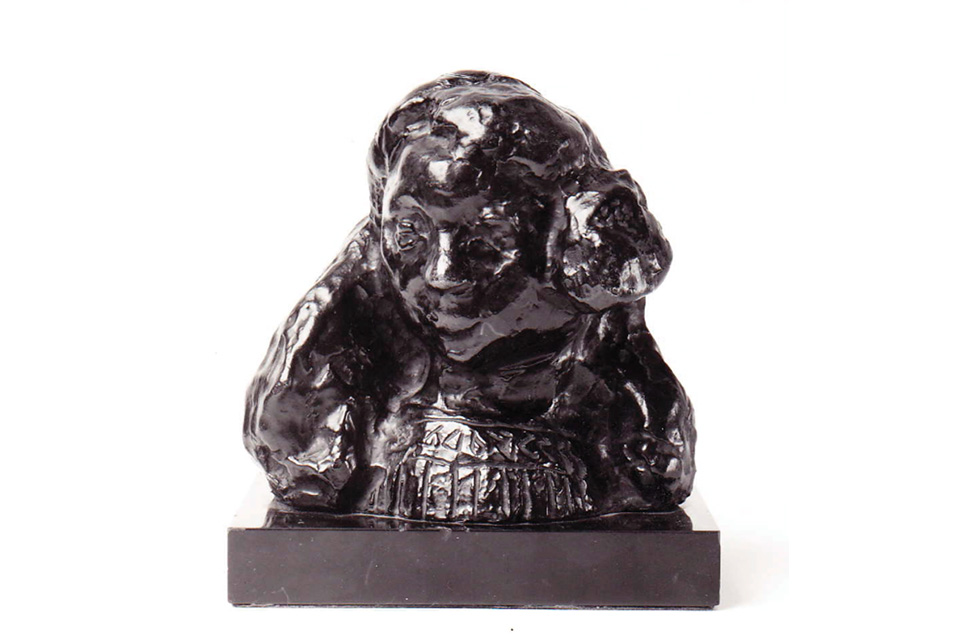An important Matisse bronze bust stolen from a Swiss museum in the 1990s has been returned. The work of art depicting the artist’s daughter Marguerite, a subject of many of his artworks was executed in 1906. The piece is valued as an early development in this medium.
‘We are delighted with the Art Loss Register’s efforts in returning this great bronze’
The sculpture was donated to the museum in 1978 and on display until it was taken from its plinth by thieves. The burglars had broken into the building during a public holiday snatching the bronze. Museum staff discovered the theft and immediately alerted the police. Despite considerable publicity, it was never tracked down. The stolen sculpture fell off the face of the earth. The museum filed a claim to their insurer, and the valuable sculpture was registered on the Art Loss Register database in the hope that it could one day be found.
Nearly 30 years later, in January 2017, the Art Loss Register received an inquiry from a French auction house regarding a Matisse sculpture that had been consigned to them. The Art Loss Register’s research revealed that the sculpture was a match for the stolen one. Bronzes can be difficult to identify as they are usually made in multiples, however this one had an edition number which made it unique. Further investigation into the provenance showed that the consignor was from Switzerland and had acquired the sculpture shortly after the theft from a bric-a-brac store. The store was even located in the same city as the museum. The holder could not provide any documentation for his purchase, and admitted that he had only paid a fraction of the value of the sculpture, less than 1%.
2013 brought a pleasant surprise to the Museum of Modern Art in Stockholm, Sweden when a previously stolen Matisse valued at $1M was recovered by the Art Loss Register in London. In the early hours of 11 May 1987, a burglar smashed his way into the museum with a sledgehammer, escaping with Henri Matisse’s Le Jardin (“The Garden”) just moments before museum security arrived on the scene. The theft was reported to both Interpol and the Art Loss Register (“ALR”) who has been searching the art market for the last 22 years. The ALR is currently the world’s largest international private database of stolen, missing and looted artwork.
Following negotiations led by the Art Loss Register on behalf of the insurer, the sculpture has now been recovered. The insurer expressed, ‘We are delighted with the Art Loss Register’s great efforts in securing the return of this touching portrayal of the artist’s daughter.’

